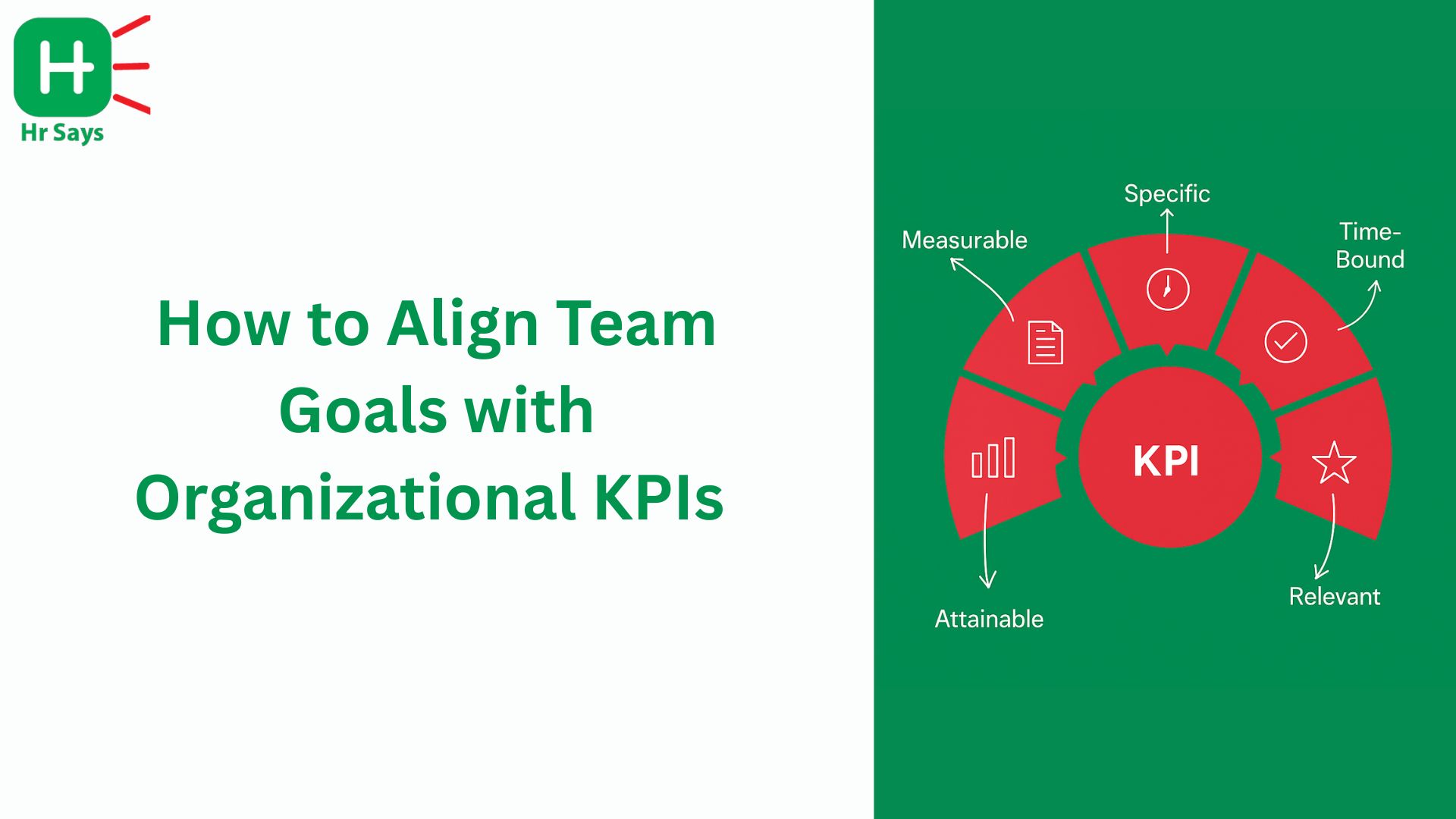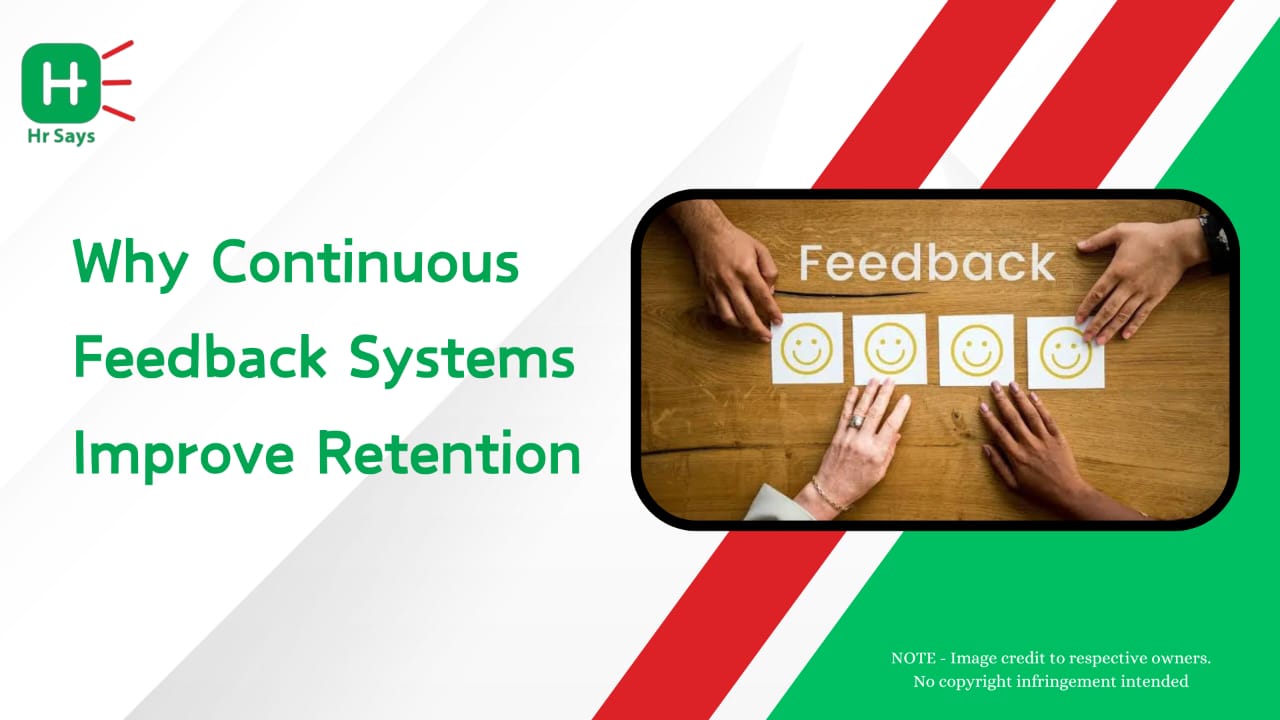What would have happened if the true power of HR were based not only on people-based skills but rather on skills in comprehending numbers? In the modern work-based environment, HR analytics is no longer a weak point. It influences decision-making and strategy and changes the way talents are perceived in organizations.
Understanding HR Analytics
HR analytics is concerned with creating insights out of data. It helps those in power to see beyond intuition. The processes of recruitment, retention, performance, and engagement between the employer and the employee are no longer gauged using guesswork. They are rather examined by credible labor statistics. The use of data-based said making is evident. It minimizes prejudice bias, emphasizes trends, and relationships with HR.
Why Data-Driven HR Matters
Every business wants better results. HR analytics shows the way by connecting talent management with business outcomes. It answers critical questions:
● Which employees are likely to stay?
● What skills should be developed for future roles?
● Where is productivity slipping?
With these answers, companies gain clarity. HR moves from an administrative role to a strategic partner.
Shaping Recruitment And Retention
Talent acquisition has always been challenging. But predictive analytics is changing the game. Candidate screening becomes faster. Fit is judged with more accuracy. Attrition risks are spotted early. Retention strategies become sharper when backed by workforce analytics. Managers no longer rely only on gut feeling. Data provides a clearer path.
Driving Employee Engagement
Engaged employees drive performance. HR analytics helps track engagement trends. Surveys, performance reviews, and feedback tools generate useful data. This data is then linked to outcomes like productivity and innovation. Gaps in leadership, culture, or rewards are spotted. Decisions become timely and effective.
The Strategic Edge For HR
Data-driven HR is not about numbers alone. It is about strategy. When organizations align people data with business goals, they stay competitive. Talent analytics informs workforce planning, diversity initiatives, and leadership development. The HR role expands into forecasting, not just reacting. This is the future of HR analytics—forward-looking and precise.
Challenges Along The Way
The journey is not without hurdles. Data privacy remains a concern. Not all organizations are equipped with the right technology. Some managers resist the shift from intuition to insights. Training HR teams in analytics is essential. Clear policies on data use must be in place. Without these, analytics cannot thrive.
Looking Ahead
The future of HR analytics lies in smarter tools and better integration. Artificial intelligence and machine learning will enhance predictive power. Decision-making will become faster, yet more reliable. HR professionals will act as advisors, translating data into action. The organizations that embrace this shift will be prepared for change.
Conclusion
The rise of HR analytics signals a turning point. HR is no longer a support function. With data-driven decision making, it becomes a strategic force. The ability to predict, plan, and act with confidence defines the future of HR.
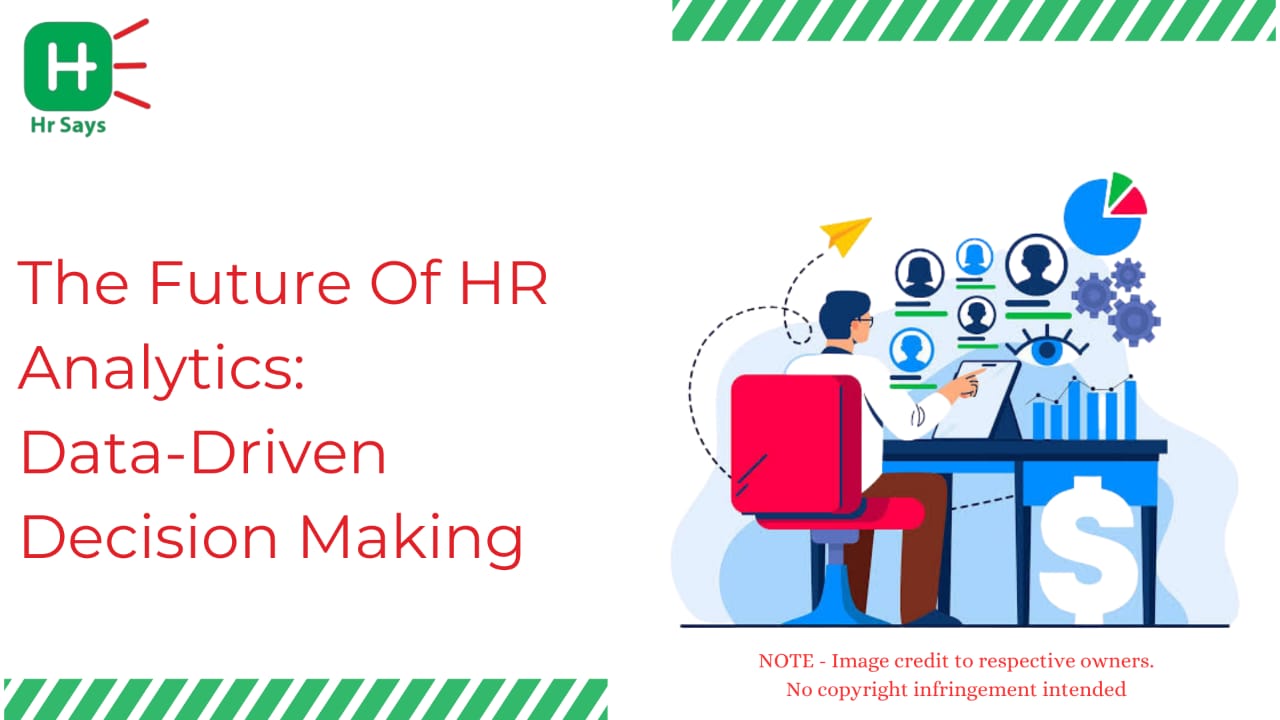
 HR analytics is transforming workplaces by shifting HR into a strategic role. Through data-driven decision making, organizations improve recruitment, retention, and engagement while addressing challenges like privacy and skills gaps. The future promises smarter tools and predictive insights.
HR analytics is transforming workplaces by shifting HR into a strategic role. Through data-driven decision making, organizations improve recruitment, retention, and engagement while addressing challenges like privacy and skills gaps. The future promises smarter tools and predictive insights.




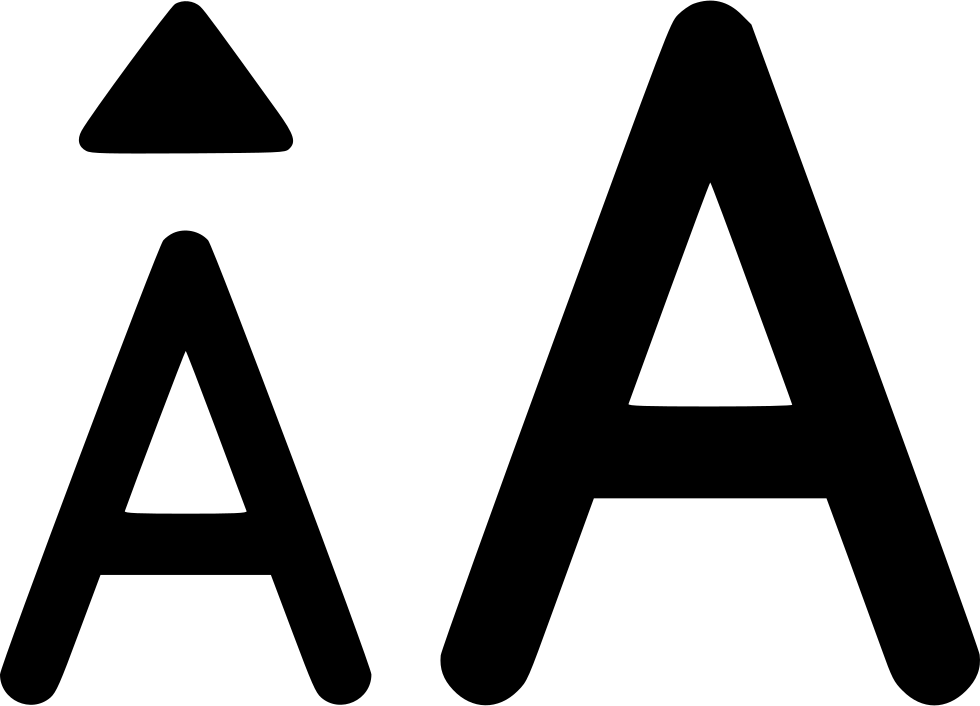



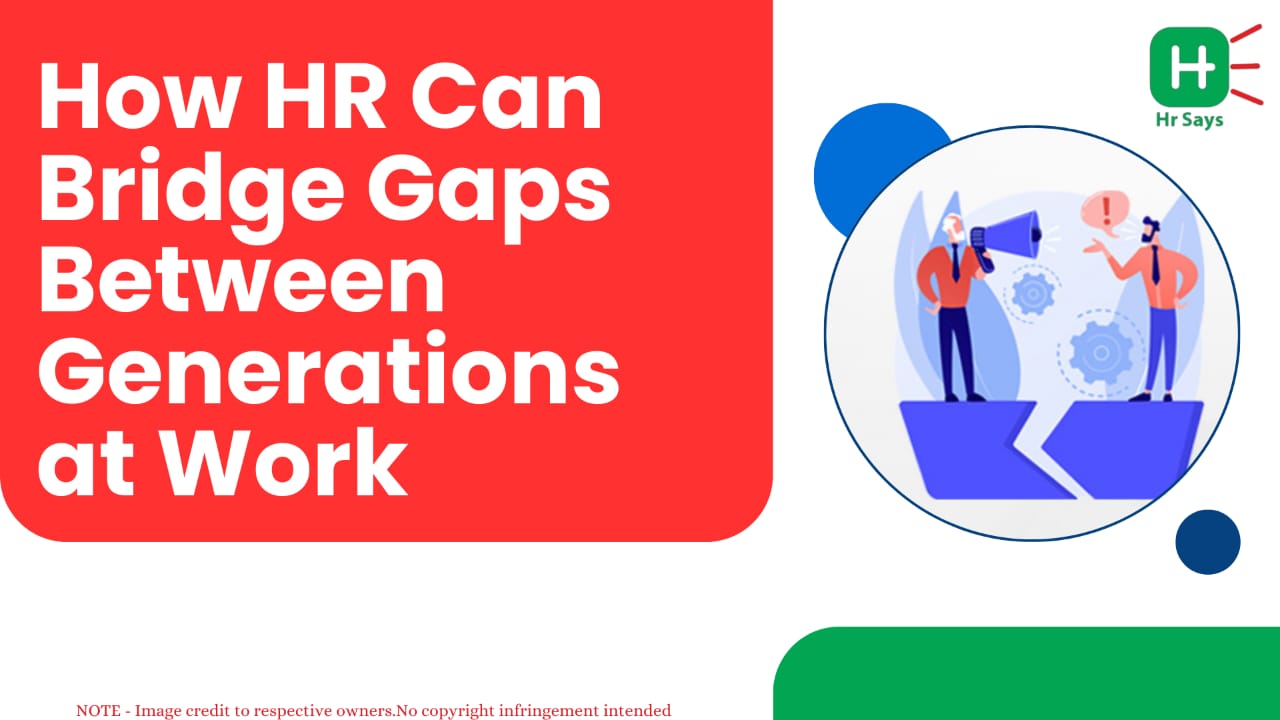
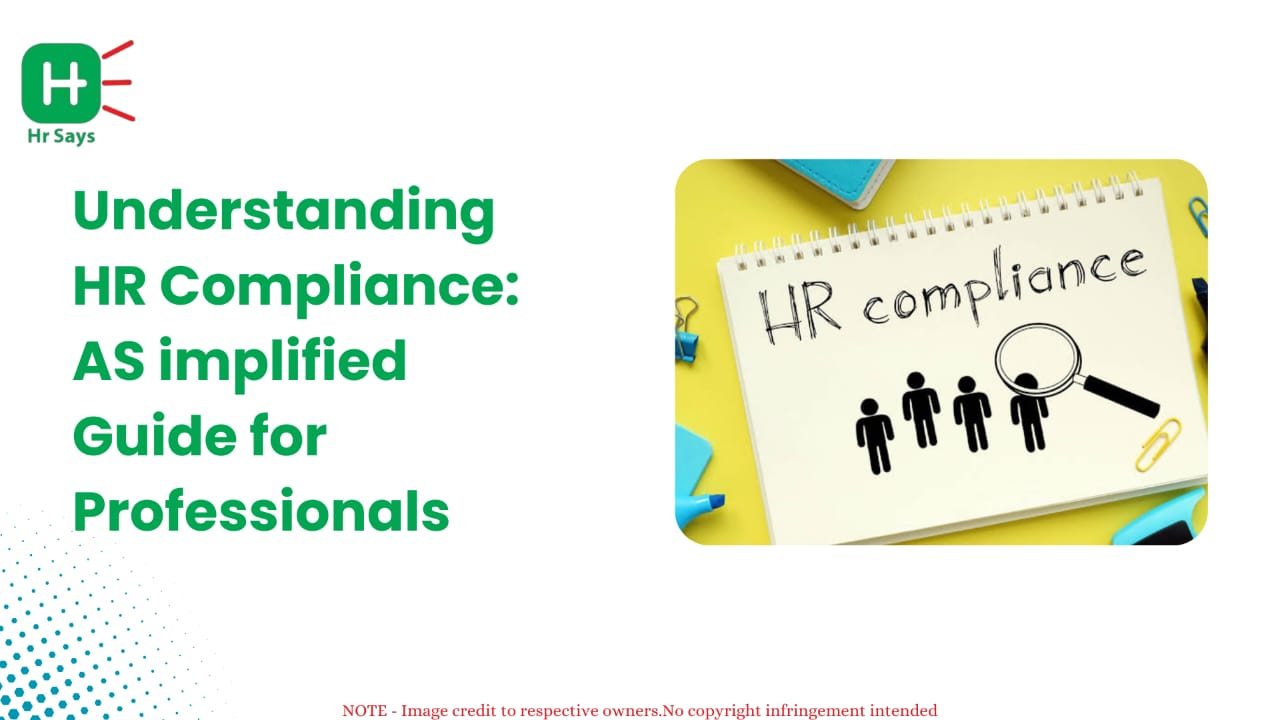
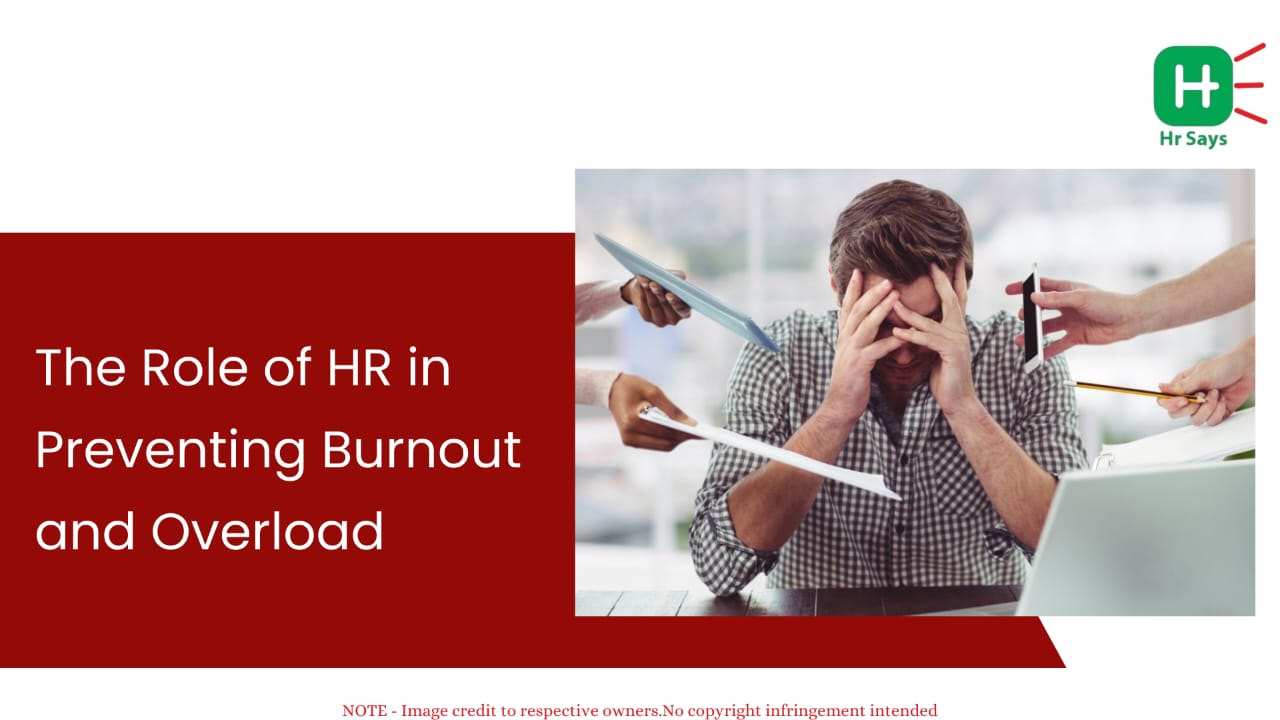
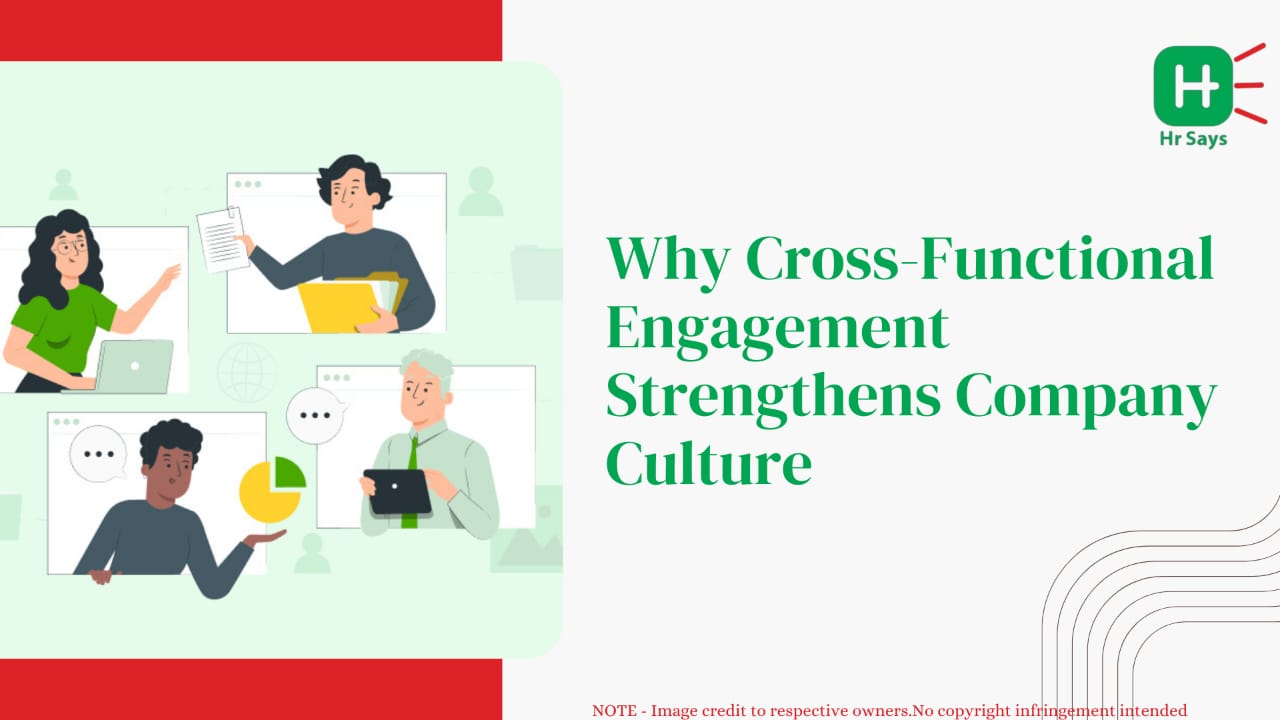

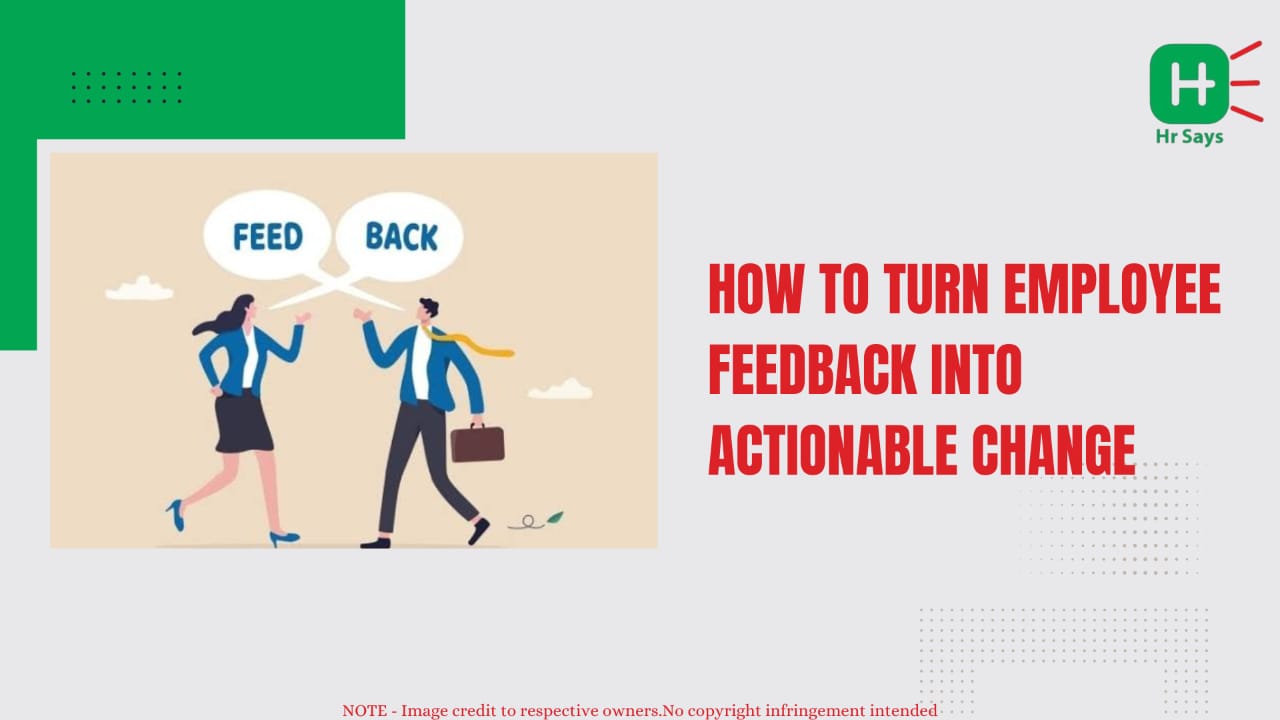
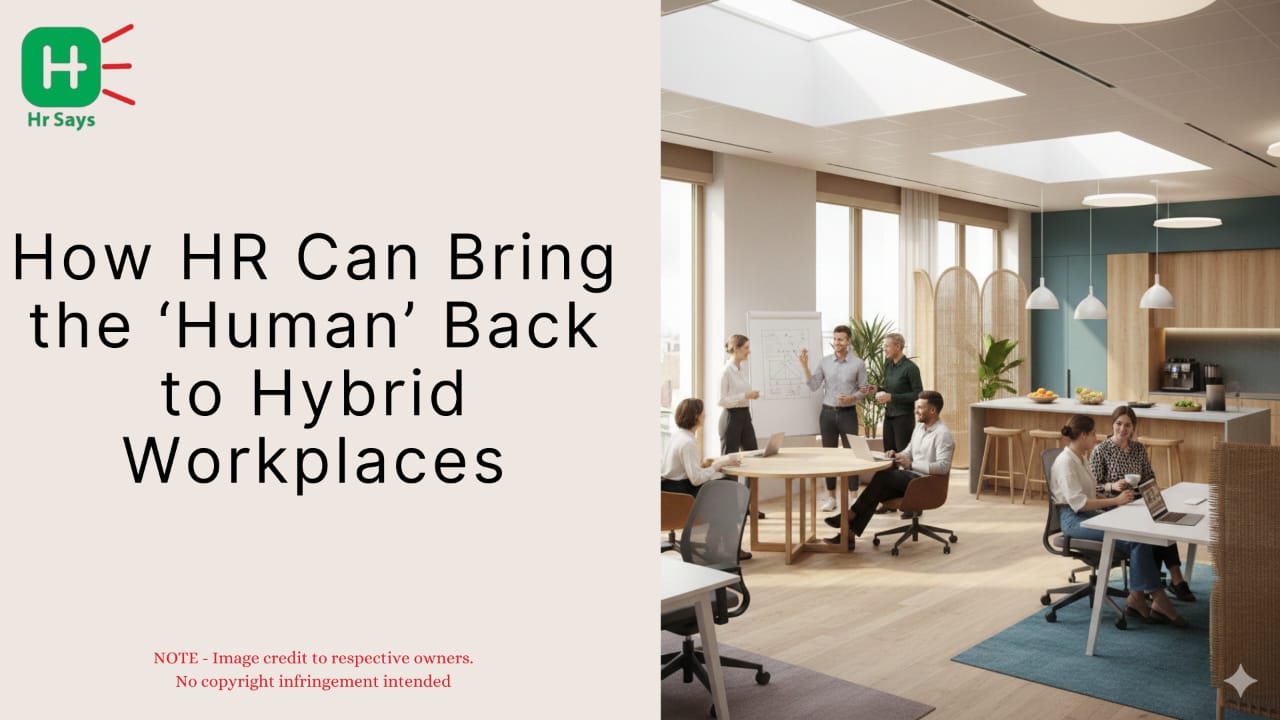
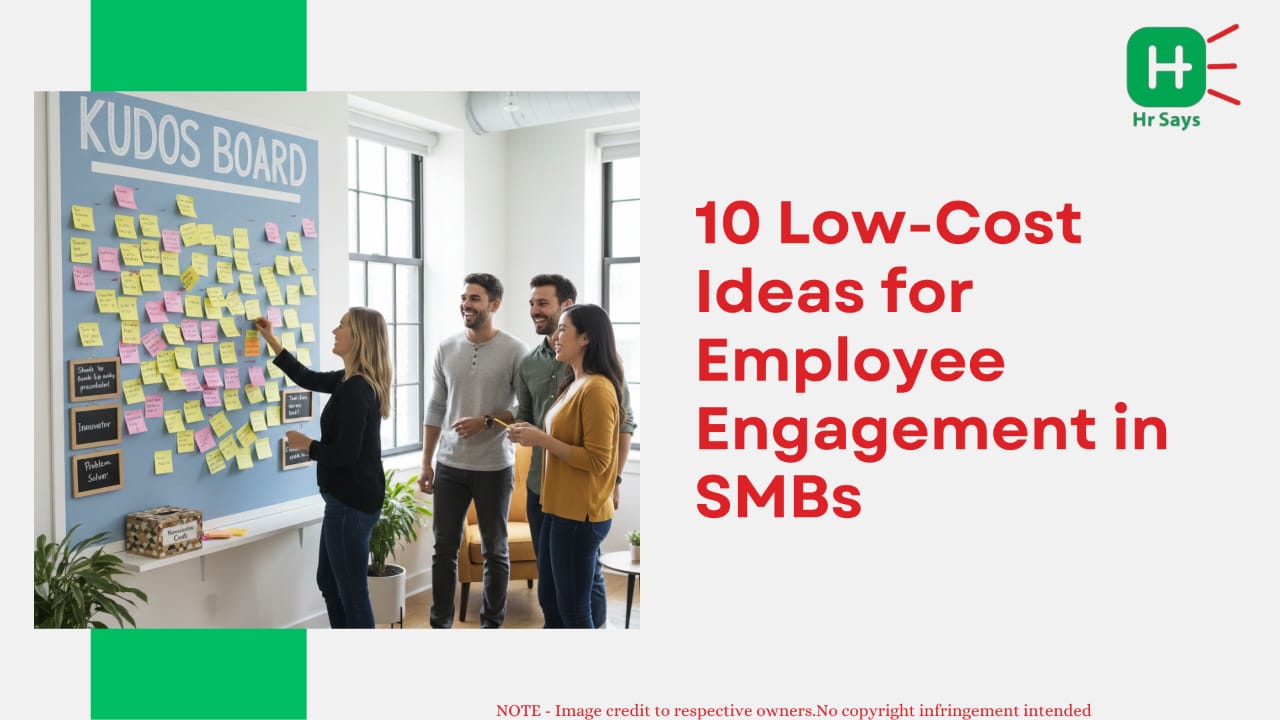
.jpeg)
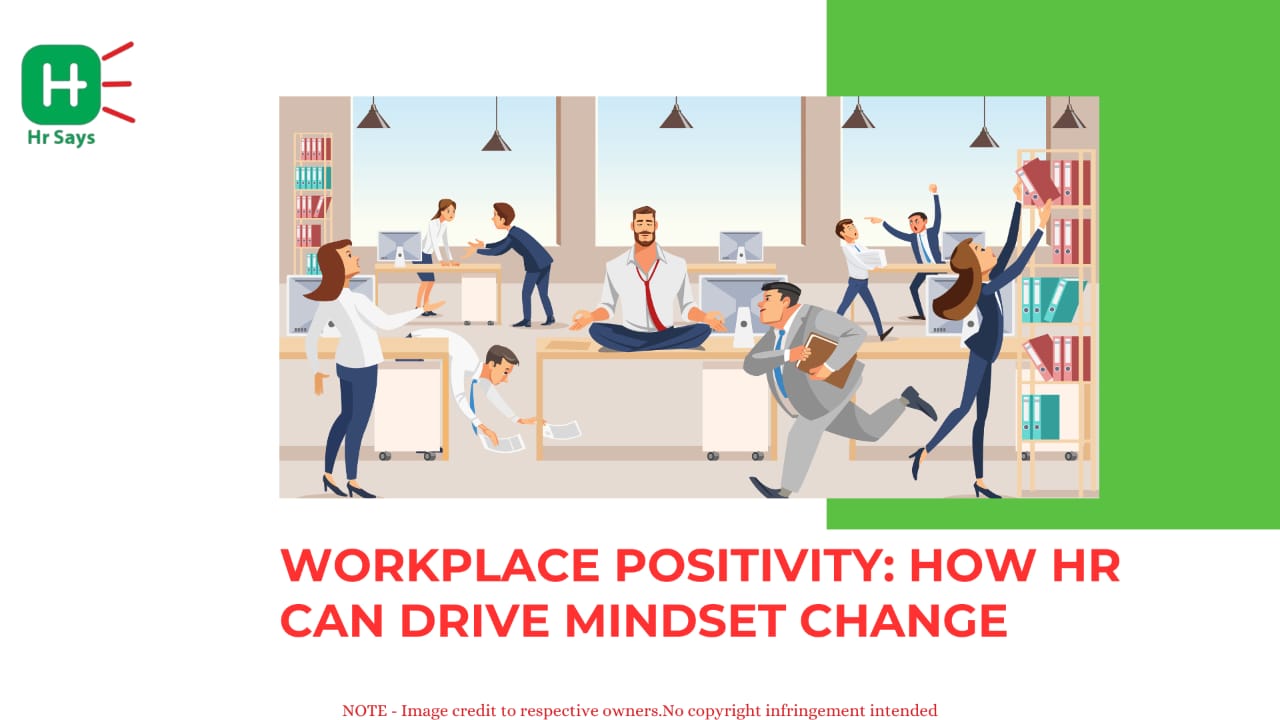


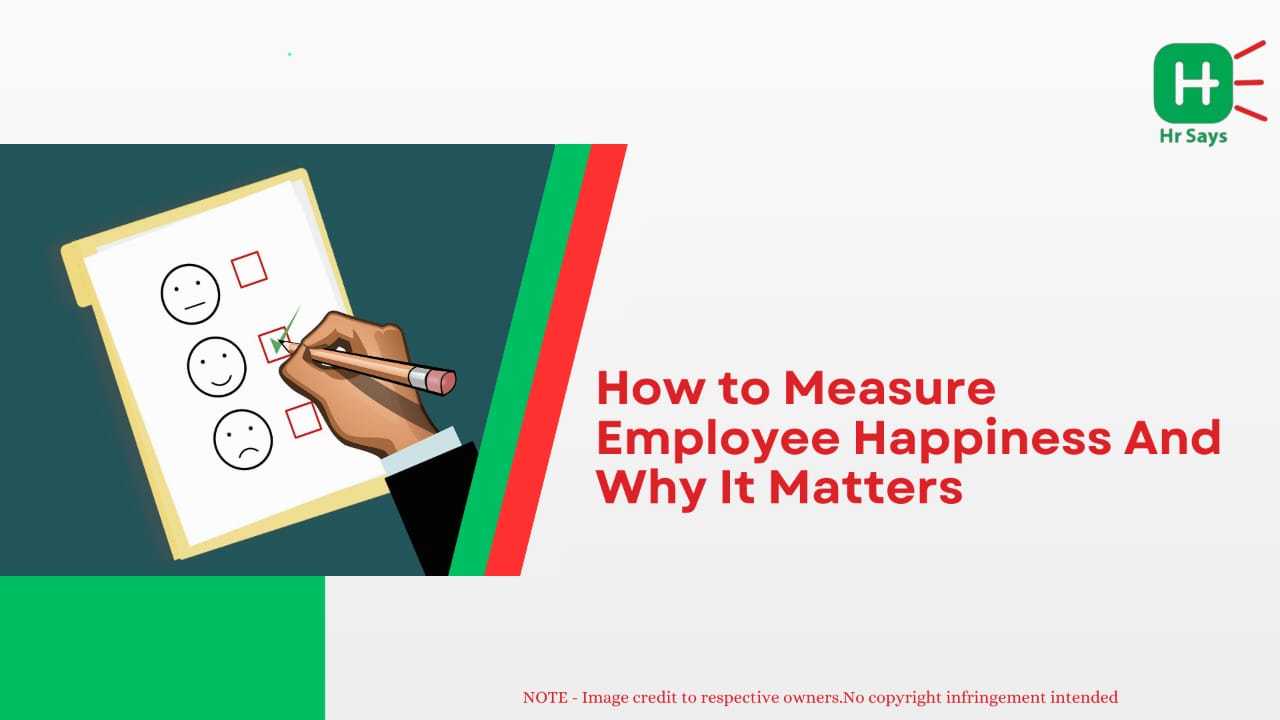

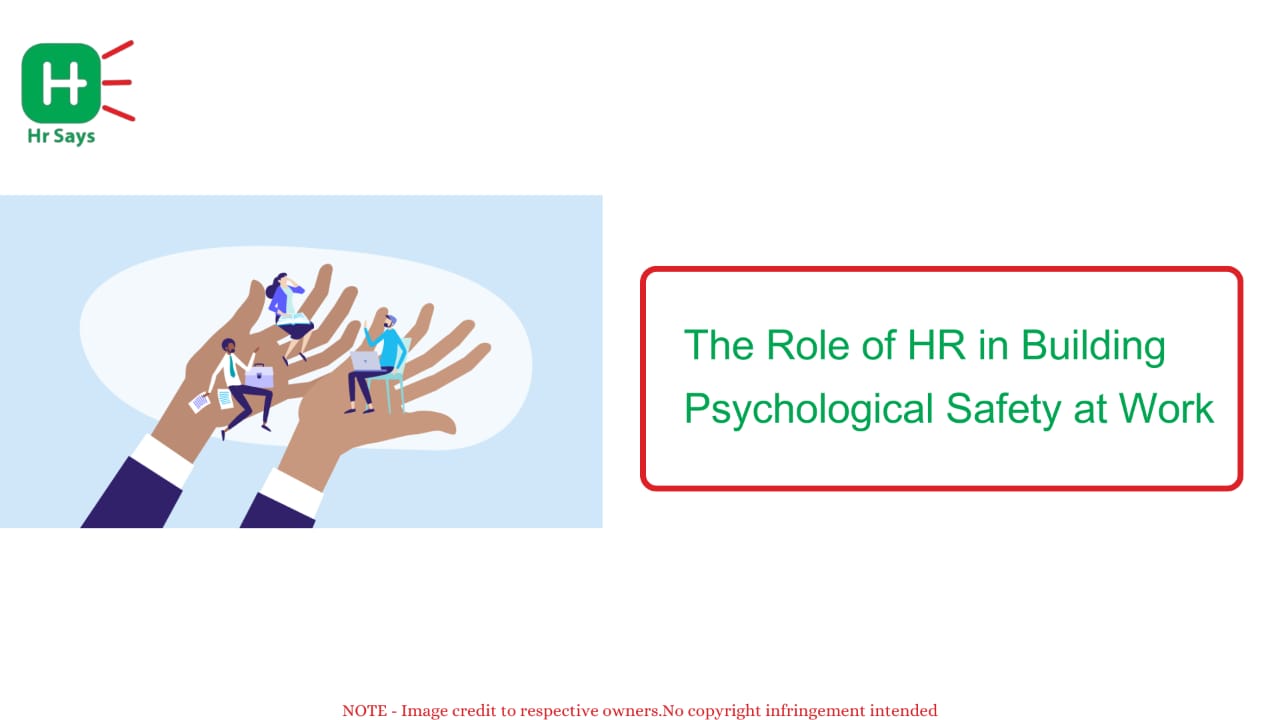
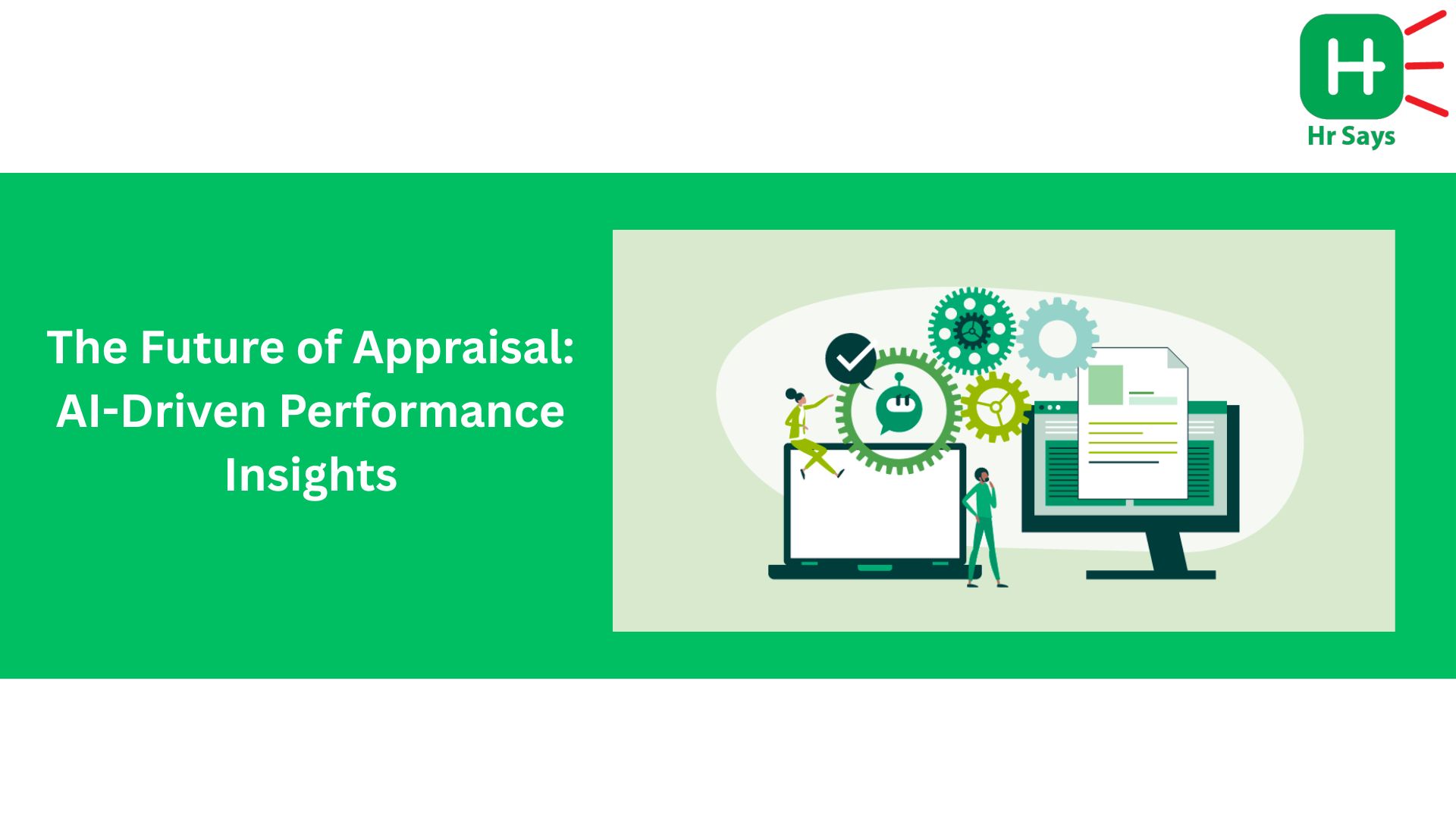
.jpg)
